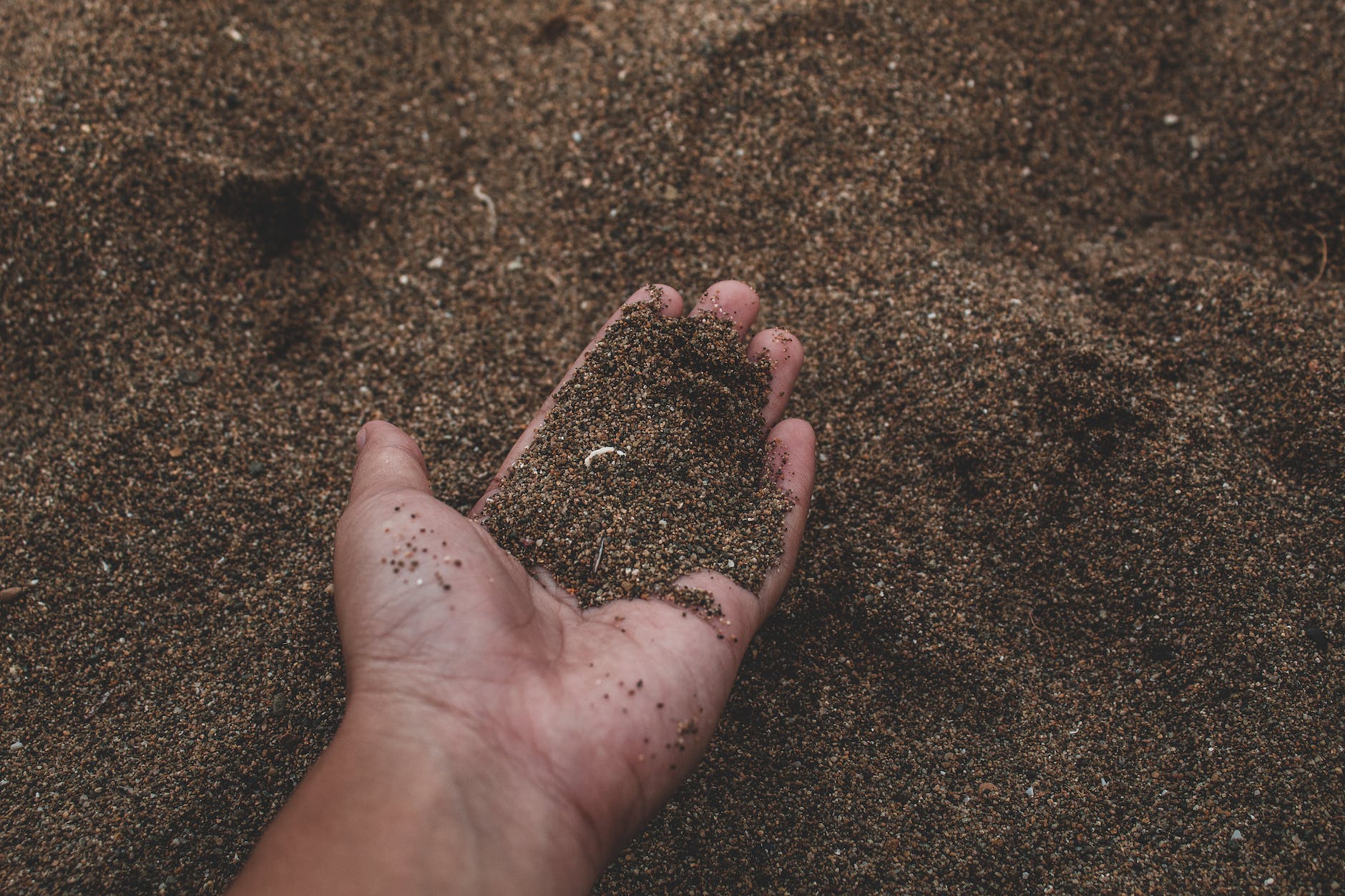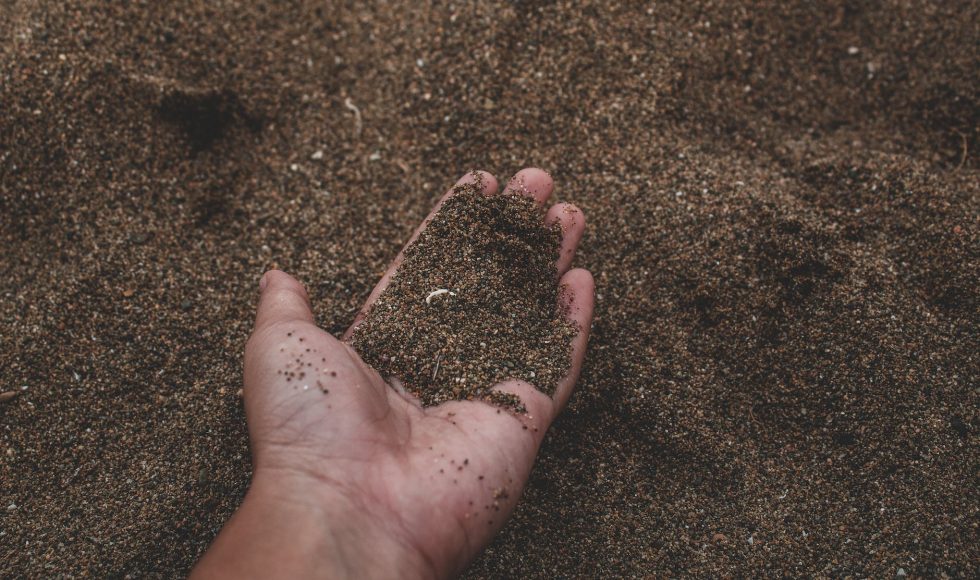Tonight I watched “Digging in the Dirt: A Novel CURE in the Race Against Antibiotic Resistance” by Kathleen Boyle, Abigail Multerer, and Marion Toscano from Mount Mary University in Milwaukee, WI. Mount Mary is a Catholic women’s liberal arts university established in 1913. It is designated as an HSI: Hispanic-serving Institution. In 2021 they were awarded an NSF S-STEM Track 2 for students. The grant is for $1 million over five years. The desired goal of this NSF S-STEM is to develop self-identity as a scientist, financial literacy, place graduates into STEM positions, and contribute to antibiotic research. The. are part of Tiny Earth. Each year they bring in 4-5 scholars. The participants take courses as a cohort. The scholars have Friday afternoon course-based research experiences (Tiny Earth) and engage with local STEM professionals. They just finished their first year of the program. Students learned about the microbes around them and swabbed their surroundings. Students obtained samples from compost, dorm soil, and other places. The participants also practiced pipetting small volumes using the same cards we used in BIT 295. All students (4?) presented at the end of semester symposium. Assessments of the program included the Clance Imposter Phenomenon Scale (CIP), the Colorado Learning Attitudes about Science Survey (CLASS) and the Science Motivation Questionnaire-II (SMG-II). Toscano was the social scientist in the group that helped with the assessments. Though the results of the surveys showed no difference when compared to a control group, they did mention continuing to investigate the results and trends. I was particularly interested in the instruments they used and how they analyzed the data.
The next recorded presentation I watched was “DNA Sequencing in the Classroom – Use of Oxford Nanopore MinION in a Microbial Ecology CURE Course” by Katrina Twing at Weber State University. This institution is a regional 2- and 4- year university with about 12% Hispanic and 75% white. Twing mentioned that they are unique in that they have a Microbiology Department. Twing has been developing a semester-long CURE experience based on the Prevalence of Antibiotic Resistance in the Environment (PARE). With this system, students collect soil, dilute, and plate on different concentrations of antibiotics. In one module, students can amplify the 16S rRNA gene. Groups of students collect samples and obtain tetracycline resistant isolates. Twing extracts DNA from the original soil samples and performs full community analysis. I wonder how!? Twing mentioned using the Flongle and the Mk1C. They mentioned getting less data, though the price makes it more accessible. I want to use the Flongles in class! They also use the EPI2ME 16S workflow so I imagine they use the 16S library prep kit. Twing compared what the microbial community reveals and compare this to what grows on plates. This is an important connection to make. I also now wonder what kit or library prep was used for the Flongle runs.



